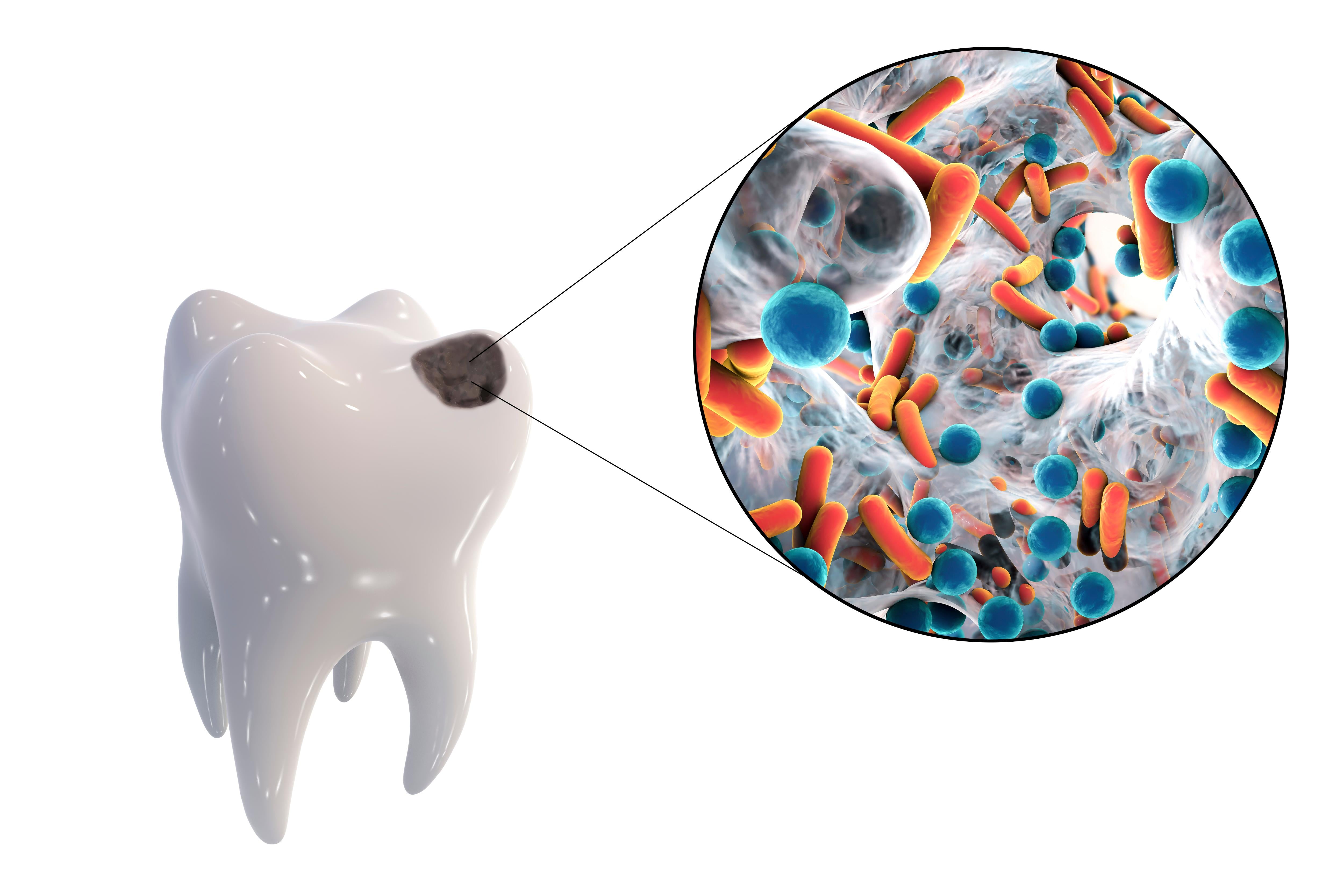- All posts
- 8 Media Venture
- althetics
- aMMP8
- Annimari Korte
- Antibiotic resistance
- Apotek Härtat
- Aqua Dental
- athlete
- Award
- Baltics
- Bonnier
- Bonnier News
- Brain health
- Business
- Cancer
- cardiovascular disease
- caries
- Chemo therapy
- children
- collaboration agreement
- Croatia
- Denmark
- Denta
- Dental erosion
- Dentex
- diabetes
- Dual Light
- Duodecim
- EFP
- EFR
- Estonia
- EuroPerio
- event
- Expodental
- FIBO
- fund raising
- general health
- Gingivitis
- Gum disease
- HAP
- HealthHub Pharma
- HIDES
- Hospital infections
- hospital-acquired pneumonia
- IBD
- Iceland
- IDS COLOGNE
- implantology
- invest
- investment
- italy
- Koite Health
- Latvia
- Lithuania
- lumoral
- Lumoral App
- Lumoral Junior
- Maritime industry
- Media
- MegaGen
- Movie
- News
- Nordic markets
- Nordics
- O
- Olympics
- Oral health
- Oral hygiene
- Oral mucositis
- Patent
- PDT
- peri-implantitis
- Perio Master Clinic
- Periodontitis
- periodontology
- Photodynamic therapy
- Press
- Ranking
- Romania
- Scandinavian Society of Periodontology
- Science
- Seafarer
- Seedtable
- share issue
- Shareissue
- Siblings movie
- Spain
- spots
- Stroke
- Study
- sweden
- Tartar
- techtour
- Thailand
- UK
- United States
- Valentine's Day
- WHO
- World Cancer Day
- World Health Day
- World Heart Day
- world oral health day
- World Smile Day

Periodontitis and Diabetes: The Connection Between Two Common Diseases
Periodontitis and diabetes are two prevalent diseases with a strong bidirectional relationship between them. Poorly managed diabetes promotes the progression of periodontitis and complicates its tr...

In the field of dental care, changes are constant as fresh ideas shape the industry. A recent collaboration agreement between Finland’s Koite Health Ltd and Trading Co., Ltd. from Thailand is set t...

According to a report commissioned by the European Federation of Periodontology (EFP), 4.9 percent of global healthcare expenditure is allocated to treat preventable oral diseases such as gum infla...

Finnish Medical Society Duodecim highlights Lumoral as a breakthrough in Finnish healthcare
Duodecim, Finland's leading medical association, has published the book "The Healing Power of Medicine" (Lääketieteen Parantava Voima), which presents Finnish advancements in healthcare for disease...

Vegetarian Dental Care: Navigating Oral Health Challenges
Recent studies indicate that a vegetarian diet may increase the risk of tooth decay and erosion. The exact reasons for this are not fully understood, but several factors may contribute to it. Howev...

Revolutionizing Oral Mucositis Treatment: Antibacterial Light-Activated Therapy in Future Protocols
Oral mucositis, an inflammation of the oral mucosa, often occurs in association with cancer treatments, particularly radiation and chemotherapy. It manifests as severe pain, redness, and swelling i...